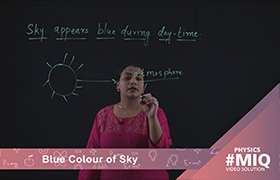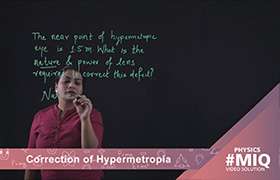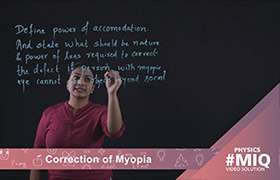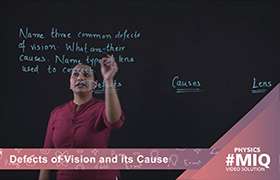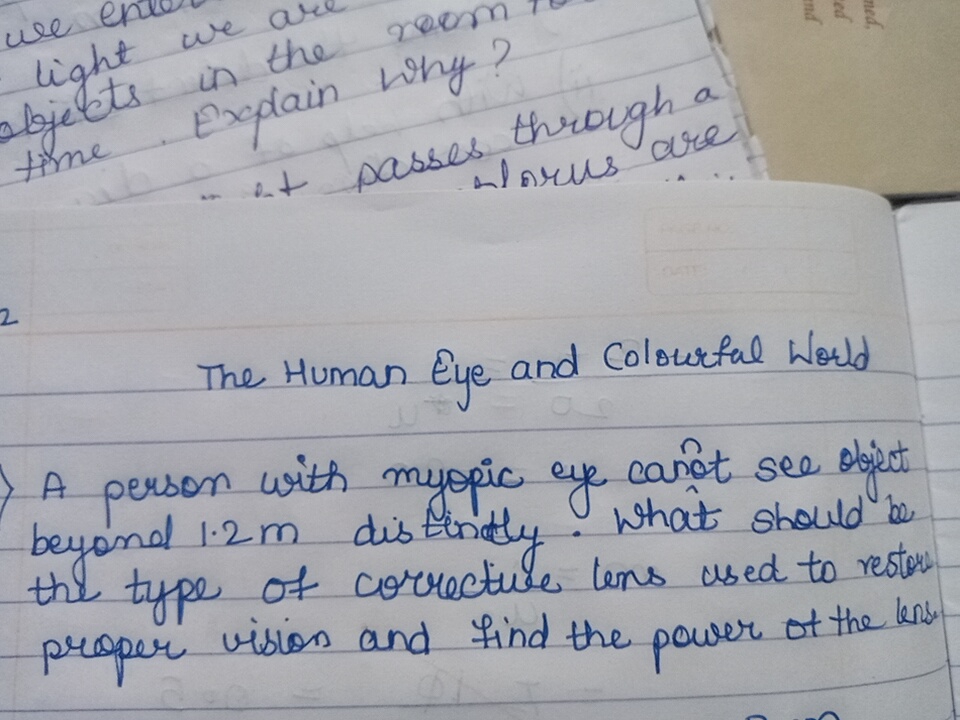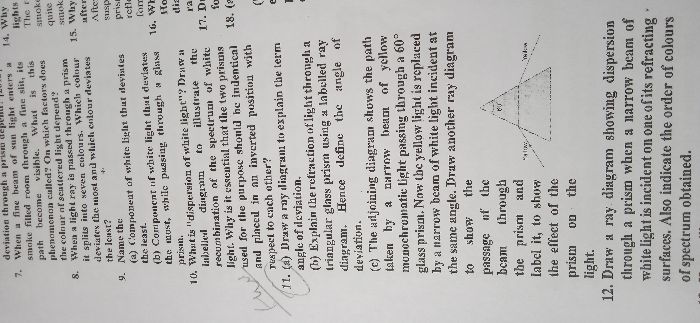CBSE Class 10 Answered
What is total internal reflection in case of formation of a rainbow? Why does it take place?
Asked by Yash Mishra | 24 Feb, 2011, 08:15: PM
Dear student,
The formation of a rainbow involves a series of physical phenomena - reflection, refraction, dispersion and total internal reflection.
The occurence of each of these is due to the interaction of light with air and water and the boundaries between them.
The occurence of each of these is due to the interaction of light with air and water and the boundaries between them.
-
White light from the Sun has to hit the raindrops at a certain angle before a rainbow is possible. It is best if the sun is fairly low in the sky such as dawn and late afternoon. The angle is important as it effect the direct the light travels after it hits the raindrops and that determines whether or not we will see a rainbow.
-
It is possible to see through a glass window but, at the same time, see your own reflection. This is because the window both transmits and reflects light. Water can do this too - that is why you can see a reflection in a pool of clean water and also see the bottom.
When light from the sun hits a water droplet, some of the light is reflected. This light will obey the Law of Reflection.
-
The light that is not refracted crosses the air-water interface (boundary layer). When this happens it slows down because the water is more dense than the air. The reduction of speed cause the path of the light to bend - this is called refraction. In this case the path of the light rays bends toward the normal line.
-
White light is made up of a spectrum of colours, each with its own wavelength. Different wavelengths travel at different speeds and when they encounter a change to medium that is more dense or less dense, the speeds are efected by different amounts. Hence, the colours separate. This phenomenon is know as Dispersion.
-
At the rear of the raindrop, the light hits the water-to-air interface. If the angle of incidence is greater than the critical angle, Total Internal Reflection will occur. A rainbow will only be seen if this happens, otherwise the light will continue out the other side of the raindrop and continue to move away from the would-be viewer.
-
Just as the light changed speed as it entered the raindrop, its speed changes again as it leaves. Here, the light is moving from a more dense medium (water) to a less dense medium (air). As it does so, it speeds up and its path bends. In this case the path of the light rays bendsaway from the normal line. This is another example of refraction.
-
-
-
-
As the rays are refracted once again, the various wavelengths are effected to different extents. The overall result of this is increased separation of the component colours of white light. This is Dispersion.
-
-
Hope this helps.
Team
Topperlearning.com
Answered by | 26 Feb, 2011, 07:51: AM
Application Videos
Concept Videos
CBSE 10 - Physics
Asked by saritavishwakarma1986 | 04 Jan, 2024, 12:23: PM
CBSE 10 - Physics
Asked by udaykuna006 | 16 Jul, 2023, 07:20: PM
CBSE 10 - Physics
Asked by bhu.joshi54 | 08 Aug, 2022, 07:36: PM
CBSE 10 - Physics
Asked by sunnysuketu | 26 May, 2022, 08:33: PM
CBSE 10 - Physics
Asked by sunnysuketu | 26 May, 2022, 08:33: PM
CBSE 10 - Physics
Asked by abhishekuppala598 | 06 Feb, 2022, 09:30: PM
CBSE 10 - Physics
Asked by Ankit9142110345 | 20 May, 2021, 09:58: PM
CBSE 10 - Physics
Asked by drishtidixitb | 13 Mar, 2021, 02:31: PM


